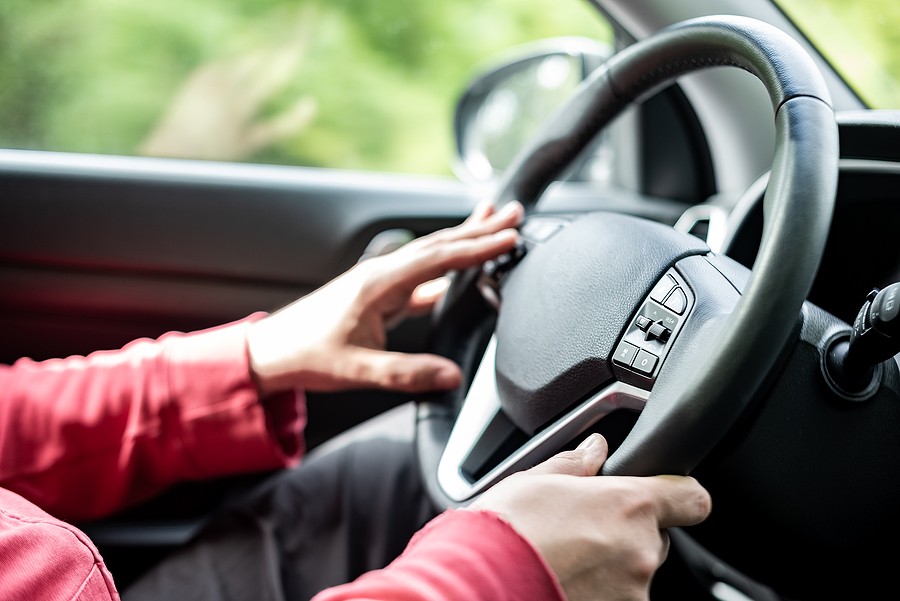If your vehicle shows “hill start assist not available,” it often indicates a low battery issue. Quick solutions include checking the battery voltage, ensuring the ABS sensor is functioning correctly, or reactivating the system if it has been manually turned off.
1. What Does ‘Hill Start Assist Not Available' Indicate?
Battery Voltage Concerns: The most common trigger for the ‘hill start assist not available‘ message is a low car battery. The system needs adequate voltage to function. Checking and charging or replacing the battery could quickly resolve this issue.
ABS Sensor Malfunction: A faulty ABS sensor can lead to this warning. The sensor plays a crucial role in the hill start assist functionality, and any issues here need immediate attention.
Manual Deactivation: Sometimes, the system might have been turned off manually, either intentionally or by accident. Revisiting your vehicle's settings to ensure the hill start assist is active is a worthwhile step.
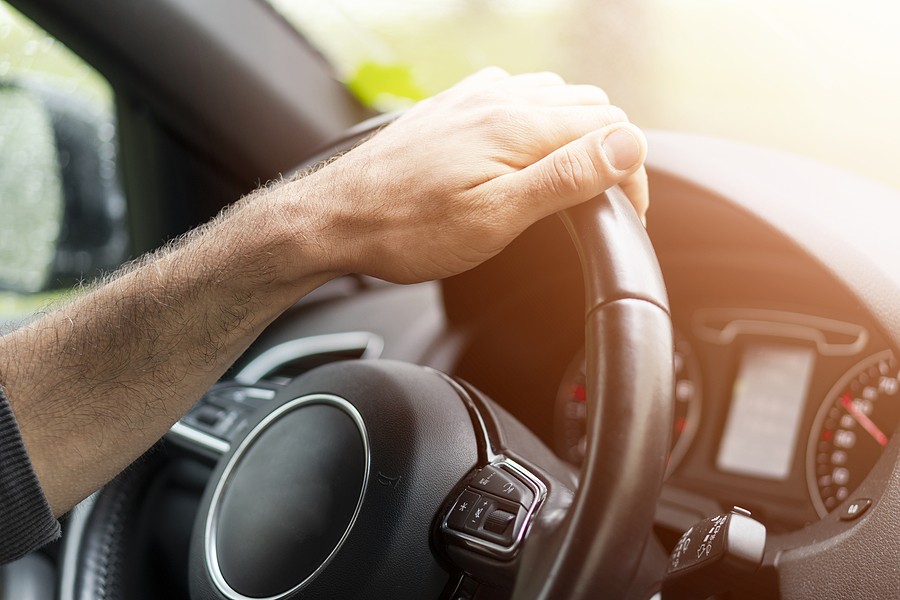
2. Addressing the ‘Hill Start Assist Not Available' Warning
Professional Diagnosis: If basic troubleshooting doesn't clear the warning, it might be time to consult a professional. Persistent issues could hint at deeper electrical or mechanical problems.
Dealer or Specialist Visits: Visiting a dealer or a specialized mechanic who understands your vehicle's specific model can provide a more accurate diagnosis. They can check for software glitches or deeper electrical issues.
Consider Recalls or Common Issues: For some vehicle models, this issue might be well-documented. Researching any recalls or common problems specific to your vehicle can offer insights into potential fixes.
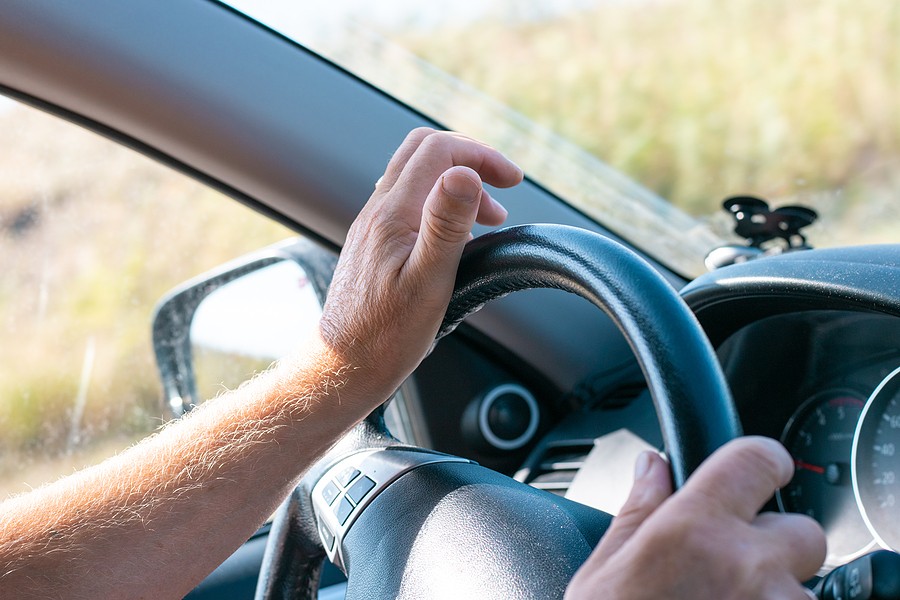
3. Manual Activation of Hill Start Assist
For Manual Transmission Vehicles: If you're driving a manual transmission vehicle, activating hill start assist involves pressing the brake pedal to a complete stop, then quickly jabbing the brake pedal further until the system activates.
For Automatic Transmission Vehicles: The process is slightly different for automatic vehicles. The procedure typically involves bringing the vehicle to a complete halt with the brake pedal and waiting for the system to activate.
Checking Vehicle's Manual: Each vehicle has its unique method for manual activation. Consulting your vehicle's manual can provide specific instructions tailored to your car model.
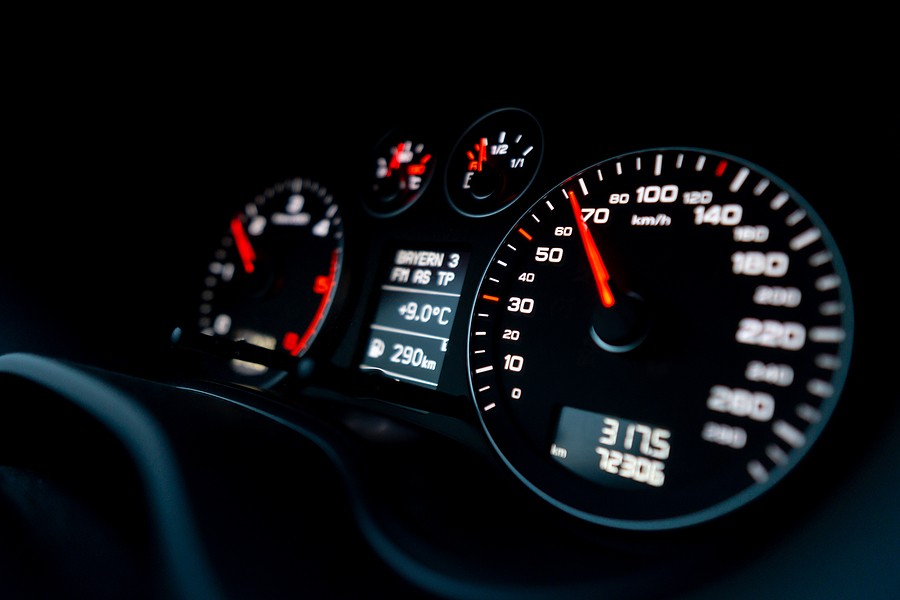
4. Preventative Maintenance for Hill Start Assist
Regular Battery Checks: Regularly checking your car's battery health can prevent issues with hill start assist and other battery-dependent systems.
Sensor Maintenance: Keeping tabs on the health of your ABS and other related sensors ensures that hill start assist functions correctly.
Software Updates: Stay updated with any software releases from your vehicle manufacturer that might address glitches affecting hill start assist.

5. Understanding Off-Road Implications
ECS/TCS System Management: When off-roading, the hill start assist error may occur due to the Electronic Stability Control (ECS) or Traction Control System (TCS) managing wheel slip.
Terrain Considerations: Different terrains can affect how hill start assist functions. Being mindful of the terrain and how it might impact your vehicle's systems is crucial.
Adaptation Strategies: Learn to adapt the use of hill start assist based on off-road conditions, and understand the limitations of the system in such environments.
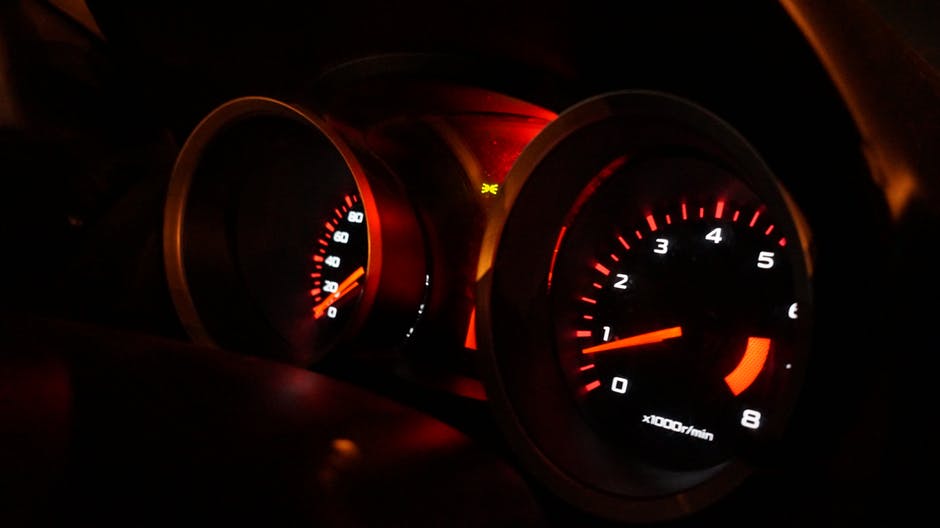
6. Troubleshooting Other Common Causes
Electrical System Checks: A thorough check of the electrical system, including the alternator, can unveil issues causing the hill start assist error.
Seeking Expert Advice: Sometimes, the problem might be too complex for a simple fix. Seeking advice from car experts or forums dedicated to your vehicle model can provide more targeted solutions.
Reading Error Codes: Use a diagnostic tool to read any error codes that might indicate the specific cause of the problem. This can guide you towards the right solution.

7. When to Contact a Professional
Persistent Issues: If the problem persists despite your troubleshooting efforts, it's time to contact a professional mechanic.
Advanced Diagnostics Required: Some issues might require advanced diagnostic tools and expertise that only a professional can provide.
Safety Considerations: Remember, safety is paramount. If you're unsure about any aspect of the troubleshooting process, it's better to seek professional help.
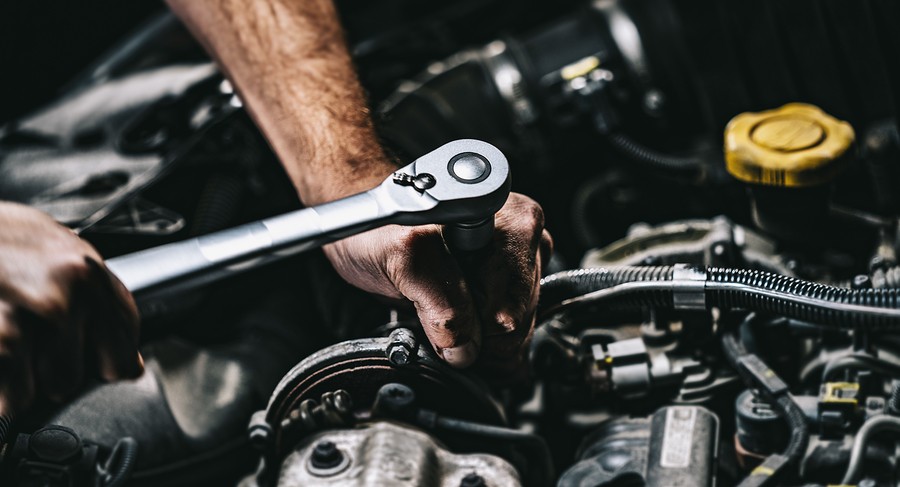
Conclusion
Dealing with a ‘hill start assist not available' warning can be challenging, but understanding the common causes and solutions can make it manageable. Remember, for any car-related issues, especially if you're considering selling your car regardless of its condition, Cash Cars Buyer is here to assist you. Reach out to us at 773-791-4363 for a hassle-free experience.

FAQs
- What is Hill Start Assist in a car? Hill Start Assist is a feature that helps prevent the car from rolling backward when starting on an incline.
- Can Hill Start Assist be turned off? Yes, most vehicles allow you to manually deactivate the Hill Start Assist feature.
- Is Hill Start Assist available in all types of vehicles? Hill Start Assist is commonly found in newer models, particularly those with advanced driver-assistance systems.
- How does Hill Start Assist work? It temporarily holds the brake pressure when the driver moves their foot from the brake to the accelerator, preventing the car from rolling back.
- Can a low car battery affect Hill Start Assist? Yes, a low battery can impair the functionality of Hill Start Assist, as it relies on the electrical system.
- What should I do if my Hill Start Assist is not available? Check the battery, ABS sensor, and ensure the system is activated in your vehicle’s settings.
- How do I know if my vehicle has Hill Start Assist? Refer to your vehicle's owner manual or check for a Hill Start Assist indicator on your dashboard.
- What causes the Hill Start Assist warning light to turn on? This can be triggered by several issues, including sensor malfunctions, electrical problems, or manual deactivation.
- How do I enable Hill Start Assist in my vehicle? The enabling process varies by vehicle. Consult your owner’s manual for specific instructions.
- Can Hill Start Assist activate on flat surfaces? Hill Start Assist is typically designed to activate only on inclines.
- What are the benefits of Hill Start Assist? It provides better control on slopes, reduces the risk of rolling back, and enhances driver confidence.
- Does Hill Start Assist work in reverse? Yes, in many vehicles, Hill Start Assist also works when reversing uphill.
- Can Hill Start Assist wear out over time? The system itself doesn't wear out, but related components like sensors can require maintenance.
- Is Hill Start Assist the same as traction control? No, Hill Start Assist is specifically designed for assisting in uphill starts, whereas traction control manages wheel slip during acceleration.
- Can I add Hill Start Assist to a car that doesn’t have it? Hill Start Assist is an integrated system and typically cannot be added aftermarket. It's best to choose a vehicle with this feature if it's a priority for you.

